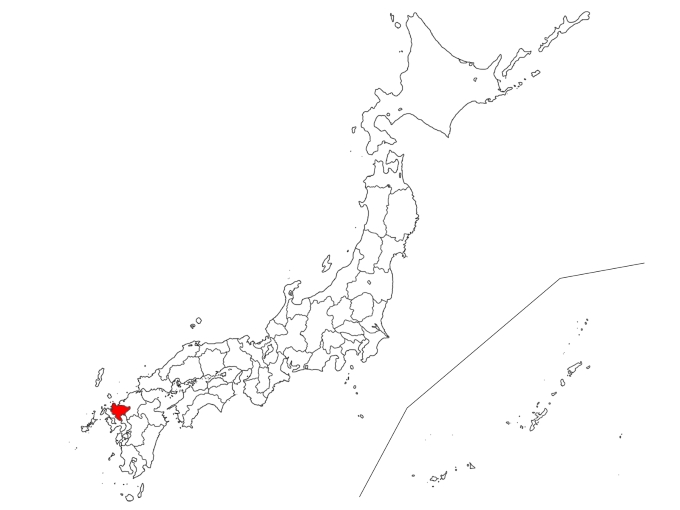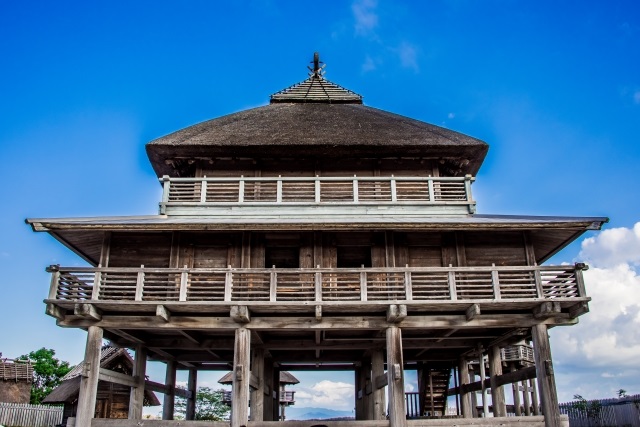Contents
1.Basic Information
In Saga Prefecture, there are plenty of tourist spots where you can enjoy historical and natural scenery, such as Yoshinogari Historical Park, a large settlement site from 1800 years ago, Ureshino and Takeo Hot Springs, representative hot spring resorts in Kyushu, Niji no Matsubara, and Mifuneyama Rakuen.
Yoshinogari Historical Park (Yoshinogariiseki)
Yoshinogari Site is known as a large settlement site from the Yayoi period about 1800 years ago and is now open to the public as Yoshinogari Historical Park. Within the park, the state of Yoshinogari from the late Yayoi period is recreated, and visitors can experience its history. The park hosts various experience programs and events weekly, and video facilities and restaurants are available.
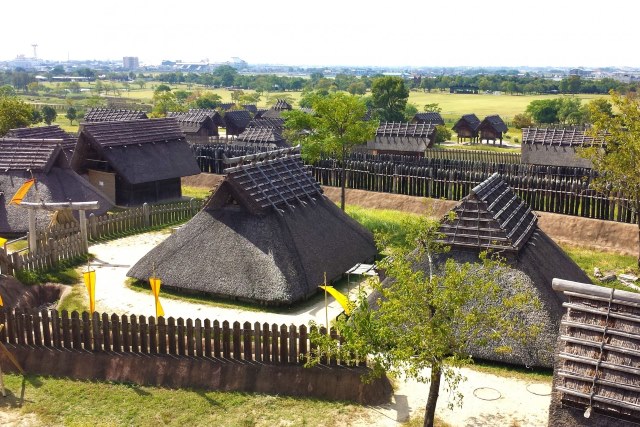
Saga Castle Park (Sagajyo kouen)
Saga Castle Park features fountains and lawns, and has a large camphor tree with a history of over 300 years, as well as moats where waterfowl and carp swim. Located near the Saga Prefectural Office, the park serves as a place of relaxation for residents. Originally owned by the Ryuzoji clan, it was later renovated by the Nabeshima clan. The castle is characterized by large moats and earthworks. The Honmaru Goten (main palace) is reconstructed in wood and open to the public as the Saga Castle Honmaru History Museum.
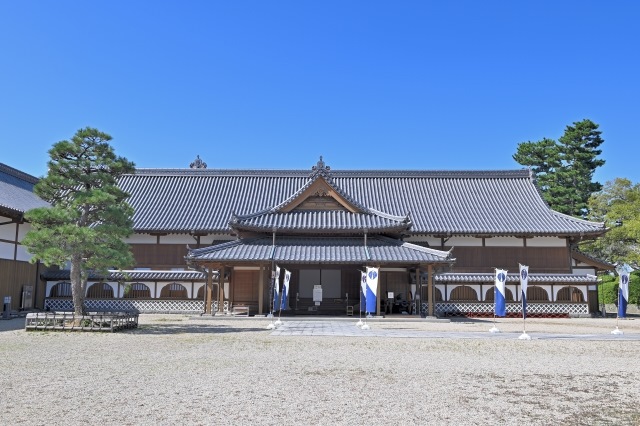
Karatujyo
Karatujyo, also known as “Maizuru Castle” for its graceful appearance resembling a crane spreading its wings, was built by the servant of Toyotomi Hideyoshi, Terazawa, over seven years from 1602. From the castle tower, one can see the grand views of the Genkai Sea, Niji no Matsubara, the Matsuura River, and the townscape of Karatsu. It is also famous for its cherry blossoms and wisteria.
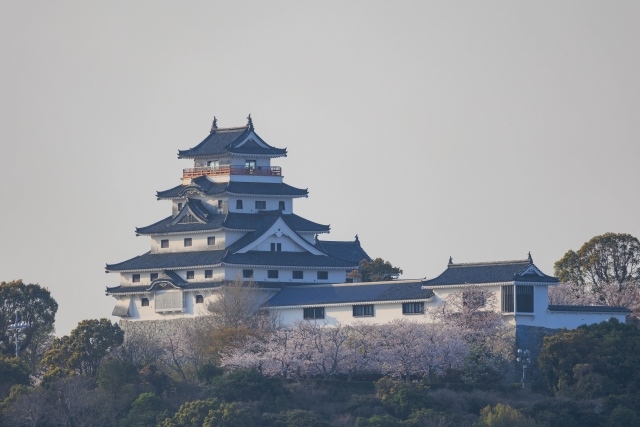
Ureshino Onsen
Ureshino Onsen is one of the most famous hot spring resorts in Kyushu and has flourished as a post town on the Nagasaki Kaido since the Edo period. More than 60 inns line the Ureshino River, preserving the atmosphere of the old post town. The hot spring area has 17 sources, and the spring water is alkaline, containing salt and carbonates. The temperature of the water when pumped is about 100 degrees Celsius.
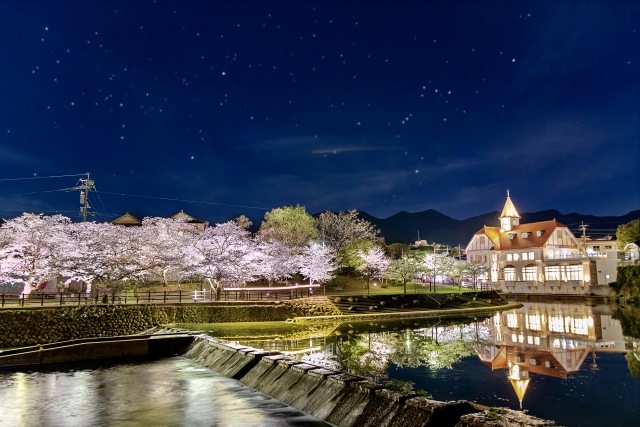
Takeo Onsen
Takeo Onsen has a history of over 1300 years, and historical figures such as Toyotomi Hideyoshi, Date Masamune, Miyamoto Musashi, Ino Tadataka, and Siebold are recorded to have bathed here. The spring quality is a weak alkaline simple spring, transparent and soft to the touch. These components are gentle on the skin and have excellent moisturizing properties, making it known as the “beauty hot spring.”
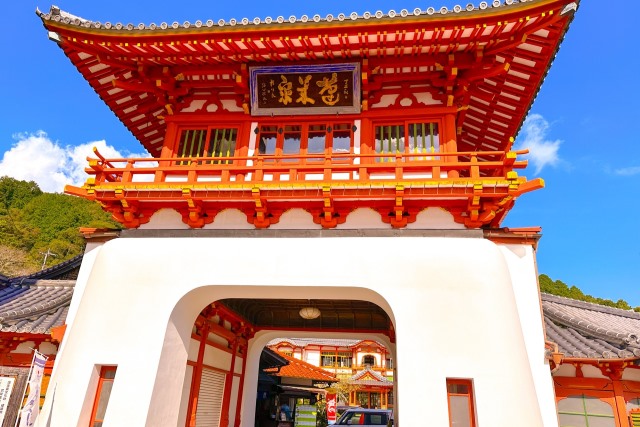
Mihuneyamarakuen
Mihuneyamarakuen is a beautiful garden in Takeo City, Saga Prefecture, set against the backdrop of the steep cliffs of Mt. Mifune. The garden was created in the late Edo period by a painter invited from Kyoto and features about 140 types of trees. In spring, 2,000 cherry trees and 200,000 azaleas bloom, creating a landscape reminiscent of Chinese landscape paintings. During this period, various events such as tea ceremonies and photo sessions are held. In summer, you can enjoy projection art using the pond’s surface by the world-famous digital art group teamLab.
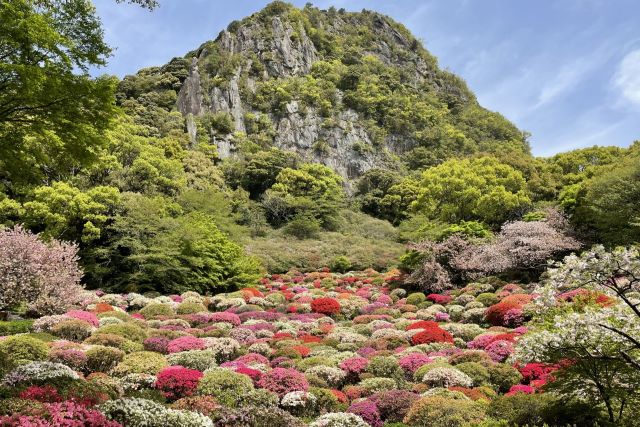
Niji no Matsubara
Niji no Matsubara is an extensive pine grove stretching along Karatsu Bay. About 1 million pine trees were planted here for wind and tide protection. The 4.5 km long, 500 m wide pine grove forms a beautiful arc like a rainbow, and the County Road 347 running through the pine grove is an ideal place for a drive surrounded by sunlight filtering through the trees.
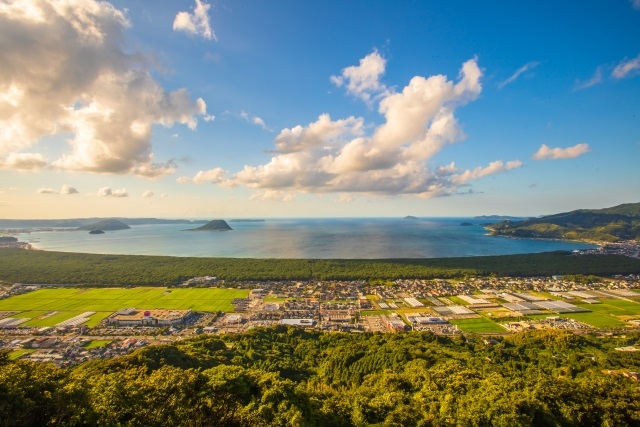
Nanatsugama
Nanatsugama consists of seven caves in the basalt cliffs facing the Genkai Sea, formed over many years by the erosion of seawater. The largest cave is 3 meters wide and 110 meters deep, and it is possible to enter it by boat depending on the sea conditions. The cliffs, about 40 meters high, offer a spectacular view in harmony with the light blue of the sea. The upper part of the cliff has grasslands, observation decks, and walking trails, allowing visitors to feel the grandeur of nature. Furthermore, two of the caves at the southern end are connected, forming a stone gate-like appearance.
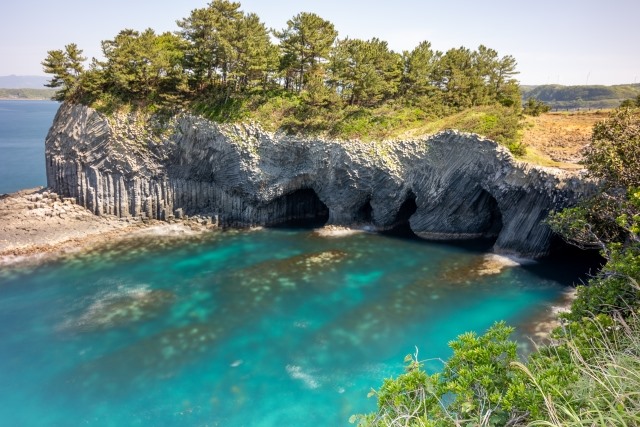
2.Reviews
Yobuko Morning Market (Yobuko no asaichi)
In Yobuko, known for its squid, a morning market is held every day from 7:30 am to noon, except on New Year’s Day. Stalls selling local seafood, seasonal vegetables, and flowers line the morning market street for about 200 meters. At this market, you can enjoy conversations and interactions with local ladies, offering a warm and different shopping experience from supermarkets.
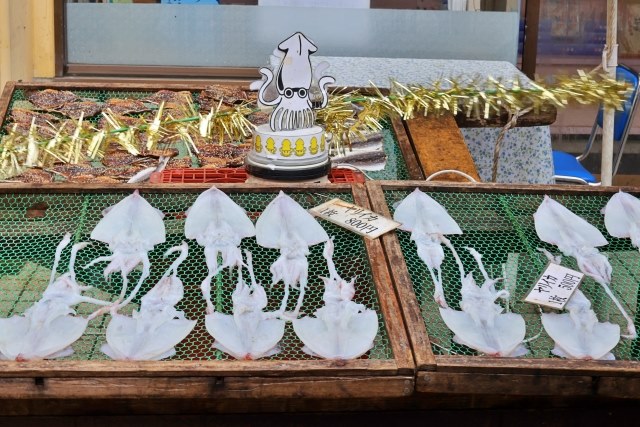
3.Local Food



4.Transportation Information
■ How to get to Saga Prefecture
Kyushu Tourism Organization Official Website (English, Korean, Simplified Chinese, Traditional Chinese, Thai)
https://www.welcomekyushu.jp/pref/?mode=saga
5.Map Information
